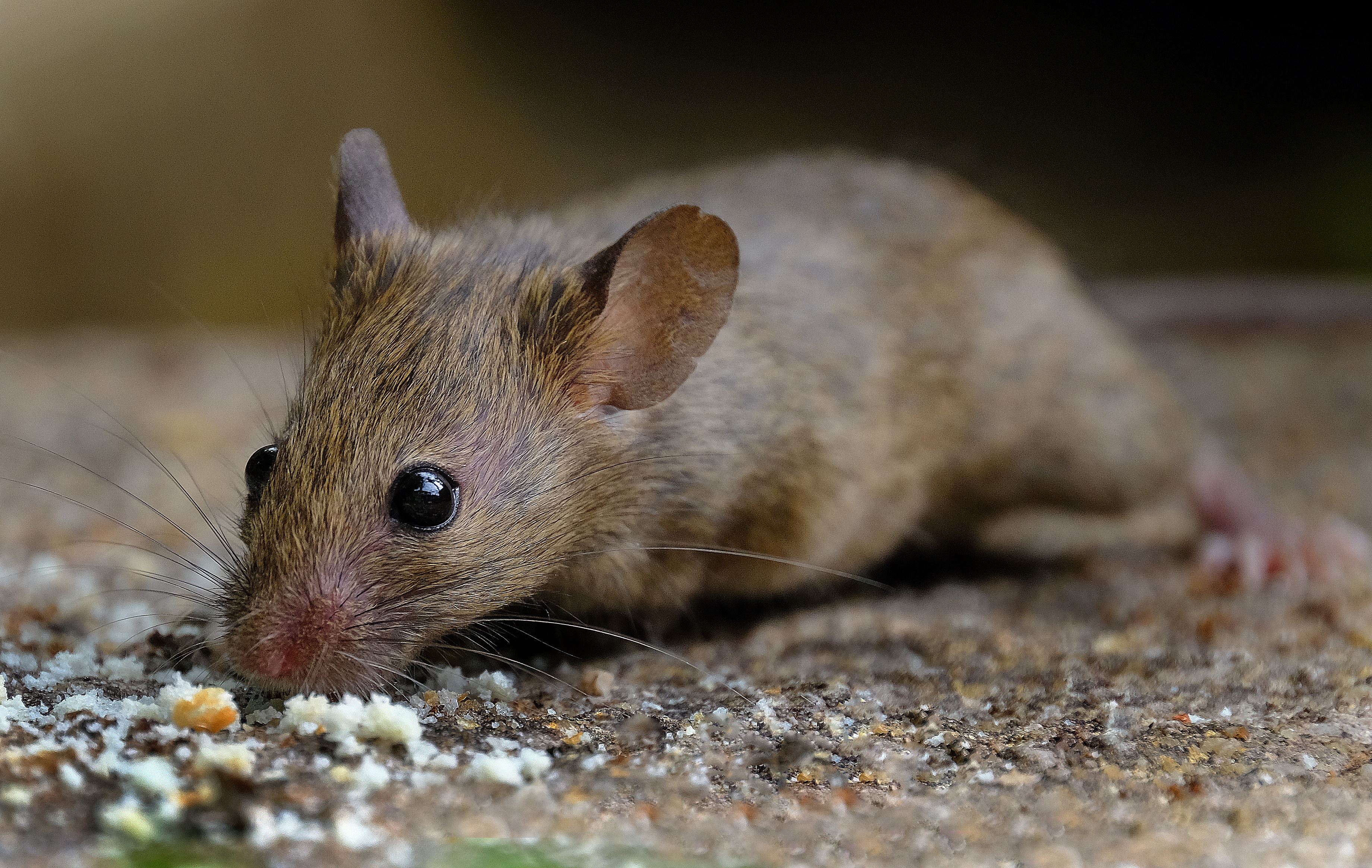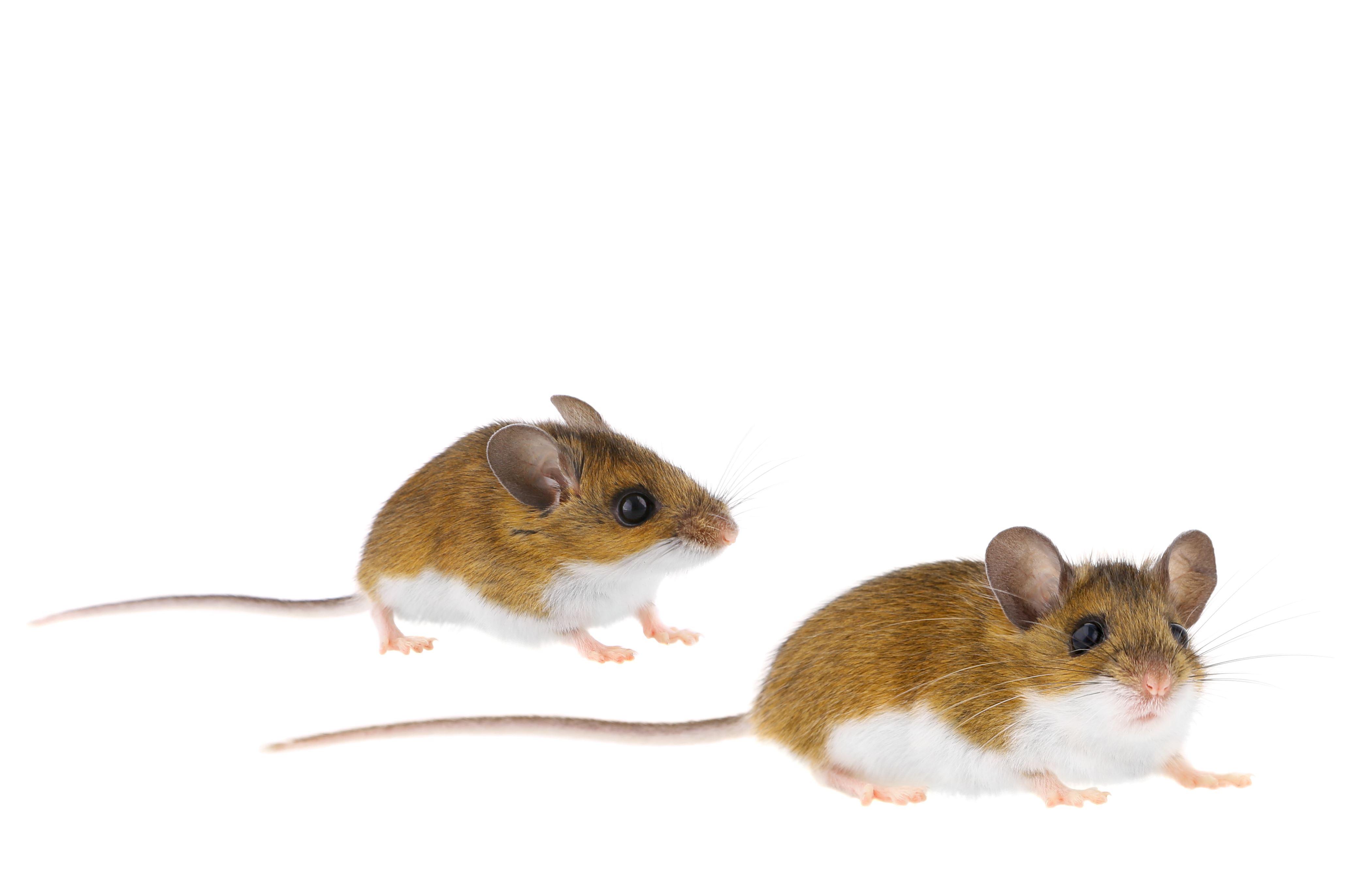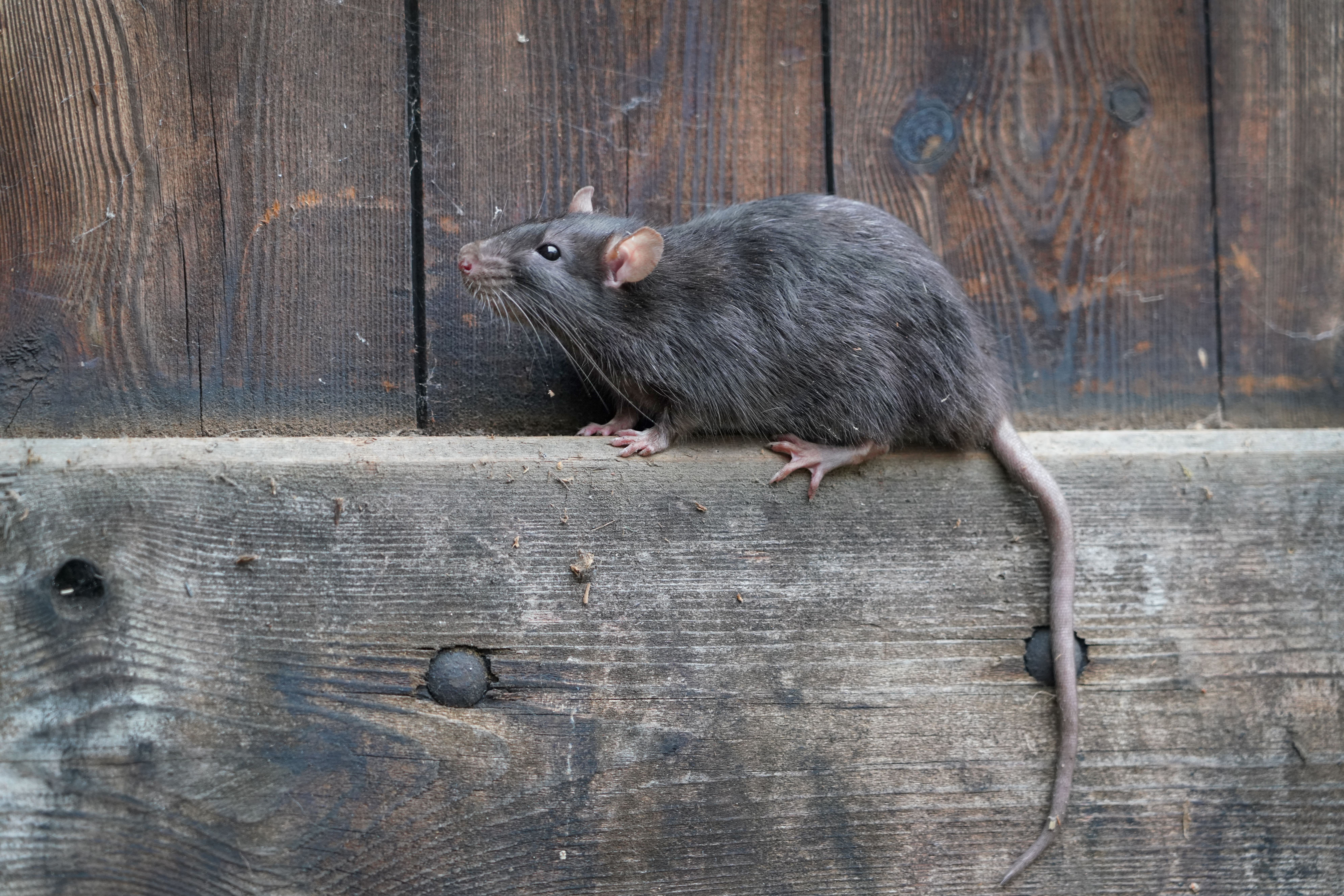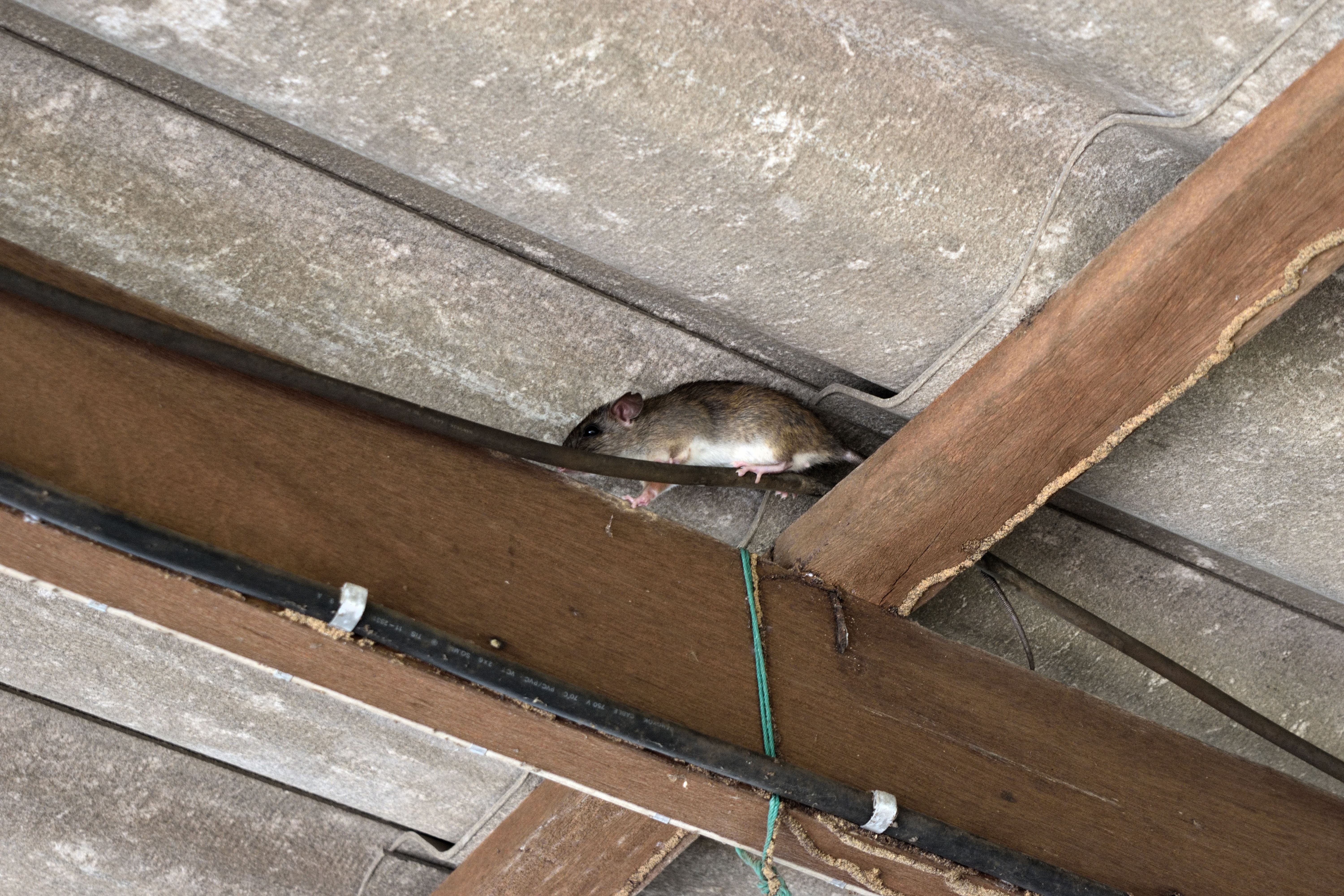types of rodents you are most likely to find in your home
- House Mice: Unsurprisingly, house mice are the most common kind of mice found in homes across the United States. These rodents prefer to nest in dark, secluded areas, such as attics or basements. A house mice infestation can be hard to get rid of, as these rodents are adept at climbing and jumping, and can squeeze into a hole no bigger than the size of a dime. House mice can lead to serious property damage by chewing through your drywall, insulation, and even your wiring, thereby causing electrical fires. They also pose serious health threats to human beings, as they often contaminate stored food and spread diseases such as salmonella. To prevent a house mice infestation, make sure your property is properly cleaned and organized, as the house mouse relishes dirty, clustered areas for hiding. And as with all types of rodents, it is extremely important to seal and store food properly to keep house mice away from your home. You can recognize the house mouse by its gray color.

- Deer Mice: Deer mice can be found in different regions throughout the United States. These rodents typically nest in rural areas, meaning you are likely to find them in fence posts, tree hollows, log pipes, and other old wooden structures such as barns, sheds, and cabins. Deer mice don’t usually pose a significant risk to residential property owners, though they sometimes invade homes during the winter months in search of shelter and food. This can be a problem, since deer mice are known to be a carrier of the hantavirus, which can be spread through dust, particles, and may cause kidney, blood, or respiratory issues that can be fatal in human beings. Make sure to store your pet food in secure containers within your household as opposed to outdoor storage areas to avoid attracting a deer mouse. You will be able to recognize a deer mouse when you see one by its small brown body and half brown, half white tail.

- Norway Rats: The Norway rat is commonly found all over the U.S., and is known for invading any place where they can find an available food source. These rodents love to burrow into piles of garbage and under concrete slabs. They typically enter people’s homes during fall, and take up residence in basements and crawlspaces once inside. Like the house mouse, the Norway rat can cause severe property damage, even gnawing away at plastic and lead pipes. In addition to spreading diseases like jaundice and cowpox, Norway rats can also bring fleas and mites inside your home. Norway rats leave pellet-sized black dropping wherever they go, so make sure to look out for this if you suspect you are dealing with an infestation, in addition to gnaw marks, destroyed food packaging, and rub marks, which are left from grease accumulated on rats/ bodies. Norway rats can fit through holes roughly the size of a quarter and when one makes its way into your property, there typically are more close behind, meaning that infestations can grow quickly. You will be able to identify a Norway rat by its brown color and the size of its body, which will be thick and large, measuring anywhere between 13-18 inches long, as opposed to average 5.5-7.5 inch house mouse.

- Roof Rats: While roof rats originated in Southeast Asia, they are now common along U.S. coastal states and southern regions of the country. These rodents tend to live in colonies, and (as their name indicates) usually make their homes in elevated areas, such as roofs or trees. When you see a rat running across a wire, you can usually be pretty sure that’s a roof rat. Besides carrying fleas, roof rats can transmit a wide range of diseases, including typhus and trichinosis. If you have any trees close to your property, it is essential to keep the branches trimmed, as letting tree branches overhang your property is practically an invention for roof rats to come in. Root rats are not as large as Norway rats, having less bulky bodies and typically measuring roughly 10-12 inches long. Due to their dark color and impressive swimming skills, they are sometimes known as “black rats” or “shit rats.”

For more rat facts or to stop a mice infestation on your property, call proof. pest control today at . or send us a message online.
Categories

